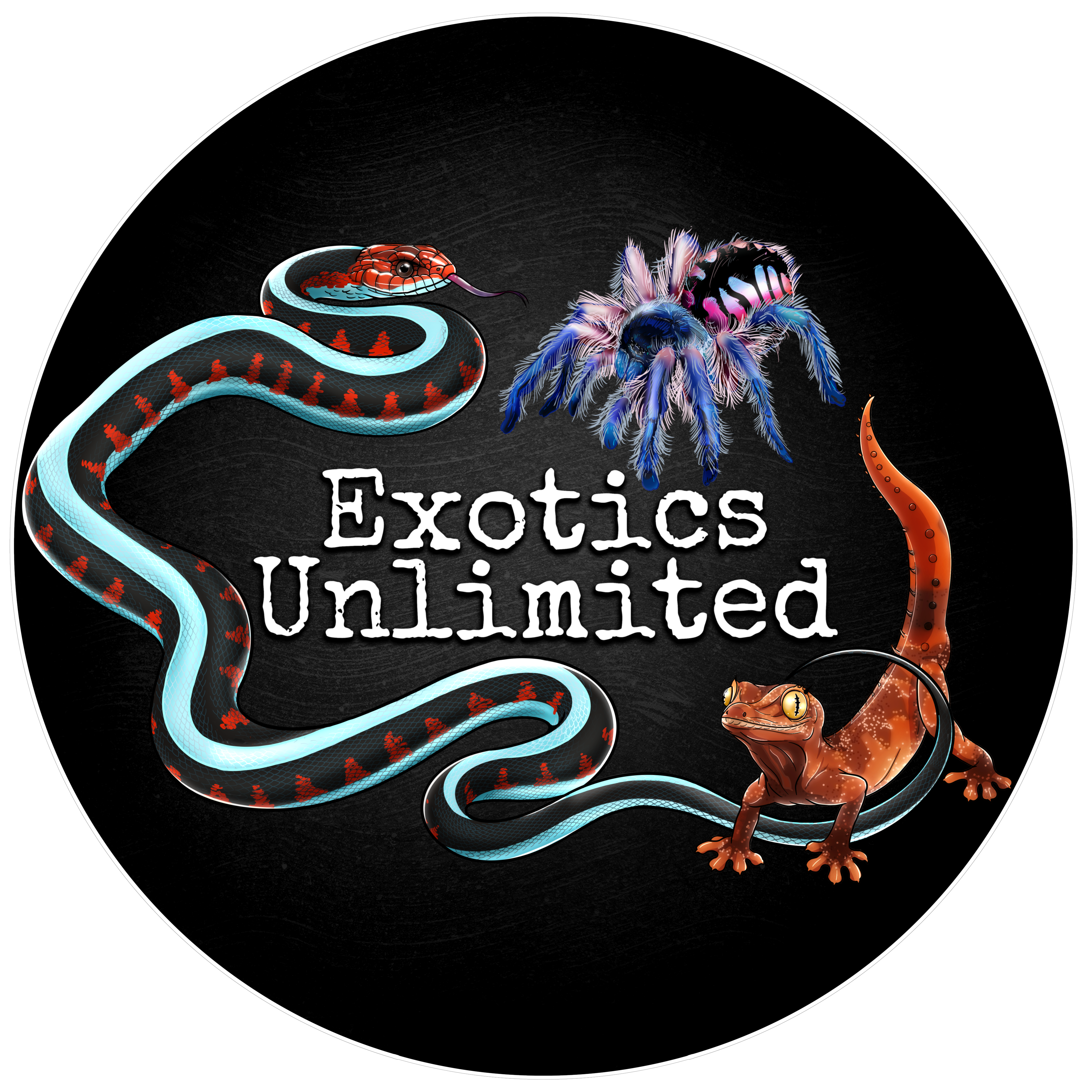



Brachypelma baumgarteni (Mexican Orange Beauty) 5" FEMALE
Pickup available at Home Office
Usually ready in 2-4 days
A gorgeous docile Mexican species with pink legs, and red knees. How can you beat that?
This gorgeous docile Mexican species has been elusive to the hobby in recent years (at least the pure form).
This species is similar to Brachypelma boehmei (Mexican Fire Leg), except this species features pink legs with orange/red knees instead of just solid orange legs.
I call these the "improved boehmei" due to their cleaner and higher contrast blacks against higher color.
These two species have been hybridized by unknowing hobbyists in the past, which unfortunately has muddied the USA blood.
This is one of Will's top picks due to this species rarity of true blood, and the fact that they are so gorgeous in person. Definitely a must have for any lover of colorful docile species.
Pictured: One of our breeder females. The pink in the legs can be as pink as the last photo! It all depends on lighting. We included pics in natural light (which changes) so you can get an idea of how awesome these are.
Names & Classifications

